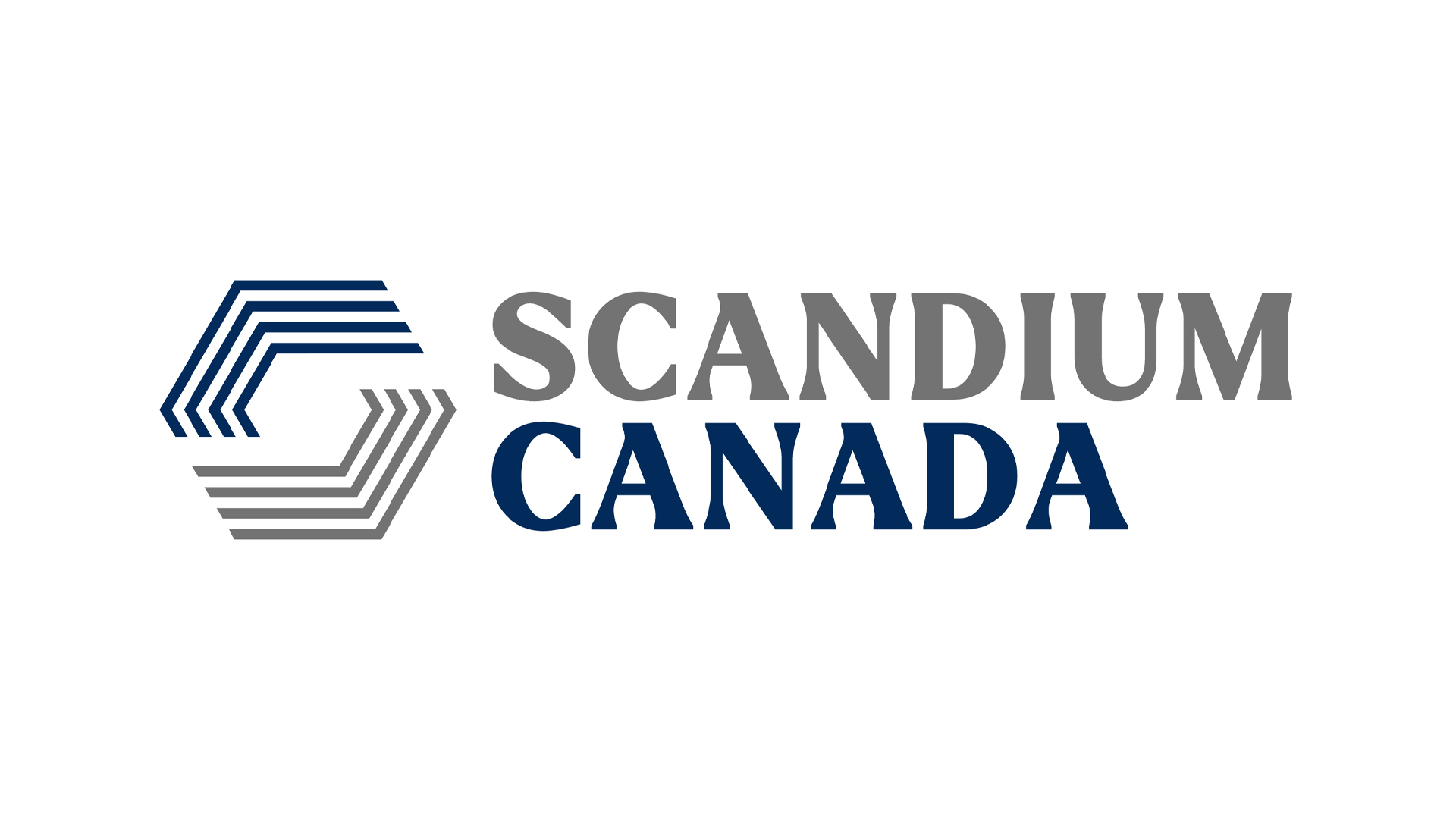Scandium Canada Ltd. is currently developing one of the largest primary scandium projects globally with a vision to contribute to society’s goal of reducing carbon emissions to zero.
Scandium has been identified as a critical metal by the governments of Canada, the US and the EU.
Guy Bourassa, Scandium Canada’s CEO, believes this critical resource is the metal of the future due to its unique properties.
Critical metals play vital roles in the efforts of carbon reduction, and securing safe national supplies is an important goal. As the Jewel in Quebec’s natural resource crown, Scandium Canada’s leading Crater Lake Project is poised to reinforce global scandium supply chains.
The project is unique as it is one of the only primary scandium projects in the world and the only one that is as far as it is down the development path. The experienced management team, led by veterans of the Critical Mineral space, has moved the project from the exploration stage to the development stage.
Essential properties and uses of scandium
To date, scandium is produced as a by-product from the production of another mineral. Primary sources of scandium, such as the one found at the Crater Lake project, are essential to the growth of the Aluminium-scandium alloy markets and the many potential commercial uses of the alloy.
A dependable supply must be available before industry commits to components that require an Aluminium-scandium alloy. Crater Lake represents such a safe, dependable, long-term supply.
Scandium is the metal of the future due to its unique properties. This lightweight metal has a density similar to that of aluminium, has a high melting point, and is relatively soft, making it easy to shape.
More critical, aluminium alloys, with the addition of scandium, provide lightweight, high-strength and corrosion-resistant equipment parts. Scandium is also a good conductor of electricity and heat.
Aluminium-scandium alloys are utilised to manufacture high-performance components for aerospace, aircraft, missiles, and satellites.
Green energy technology also requires these alloys in EV frames and battery casings, solid oxide fuel cells, and wind turbine parts.
There are numerous potential additional uses, and they will contribute positively to the global end goal of a reduction in greenhouse gases.
The limited supply has constrained the market utilisation to date. With a dependable supply, the expected potential market is significant.

Crater Lake – a unique mining opportunity in Quebec
The Company’s Crater Lake project is located in Quebec, about 200 km north of the town of Schefferville. The project has significant blue sky potential both in the amount of scandium oxide that can be produced as well as the life of mine.

A preliminary economic assessment (PEA) on the project was released in 2022, a 43-101 resource estimate update was filed in June 2023 and work to complete a pre-feasibility study is currently underway.
The current life of the mine is 25 years; however, this is based on the resource estimate from half of only one of the multiple target zones. The project’s full strike zone is 14km in length.
The potential for significant growth in the project capacity is untested, as there are multiple additional zones to drill. The Company feels it has barely scratched the surface of the project’s full potential.
Currently, the resource is open in all directions and at depths where it thickens and gets richer in concentration. The Company will run an in-fill drilling programme for the summer 2024 season to convert inferred resources to measured and indicated in the TG Zone.
Relationship with First Nations
The Corporation is aware of and adheres to the principles of the United Nations Declaration on the Rights of Indigenous Peoples as recently ratified by Canada, particularly with regards to obtaining the free, prior, and informed consent of the Indigenous peoples for the development and use of their lands, territories, and other resources;
Scandium Canada recently signed a Pre-Development agreement with the Naskapi Nation of Kawawachikamach to establish a framework, through various undertakings, to continue the current relationship in a mutually beneficial manner with regard to the Corporation’s activities on the Crater Lake property.
Furthermore, in the spirit of current and future cooperation, the Corporation and the Naskapi Nation of Kawawachikamach have negotiated that Pre-Development Agreement to be a binding declaration of the principles they intend to build on for the negotiations of a final agreement – a Socio-Economic Participation Agreement (SEPA), also commonly known as an Impact and Benefit Agreement (IBA) for the Property – at the earliest reasonable opportunity and before the commencement of any Construction Works.
Upcoming catalysts
For 2024, Scandium Canada’s primary focus will be the Pre-Feasibility Study (PFS) and activities supporting PFS completion. These include geotechnical work, in-fill drilling and metallurgical pilot tests.
We think you should keep following Scandium Canada as it progresses through its development milestones.


